The rate of recycling by English local authorities has fallen putting at risk the UK meeting its EU targets.
Recycling in English local authorities fell to 44.3% to the year ending June 2015, which meant it was down 0.7%.
With England dominating the UK’s recycling statistics, this means the chance of the country meeting the 50% recycling by 2020 EU target must now be in doubt. This is despite a recycling rate of 56.2% in Wales over the same period.
Scotland, at 43.6% is even worse than England.
Attend this conference on 12 April in Liverpool. Find out more
Suez recycling and recovery in the UK chief executive David Palmer-Jones (pictured) said: “Recycling rates have gone down because black bag waste has gone up and this is a weight game, while local authority cut backs have reduced collections of green garden waste, one of the biggest contributors to a weight based recycling target.
“Households meanwhile are not increasing their weight of dry recyclables whilst overall waste volumes begins to rise (thanks to economic recovery and greater household spending) resulting in falling recycling percentages.
“The lesson from Wales is to engage central government in helping ring fence local authority environmental funding as part of a wider sustainability agenda.
“Greater focus is needed on capturing more dry recyclables – paper, card, plastic and glass – which make up the most economically and environmentally valuable component of recycling and where performance, unlike tonnage of garden waste collection, is affected less by seasonal variation and more directly reflects communication and engagement with households.
“Progress can also be made in improving recycling tonnages and rates by working with manufacturers of frequently used containers, such as plastic coffee cups and packaging for take-away food, to ensure materials can be more widely and efficiently recycled.
“Focus too needs to be within large urban areas, such as Greater London and parts of the Midlands which have at best remained static or at worst showed significant declines in recycling over the past two years and these regions, given the weighting of population, determine the ability of the UK overall to meet its 2020 50% target.
“Households should focus on simply putting as much used plastic, glass, paper and card in their recycling containers as they can, although we all need to remember that contamination can spoil much larger loads – which has a detrimental effect on recycling rates. For example, it’s important to rinse out food containers wherever possible.”













